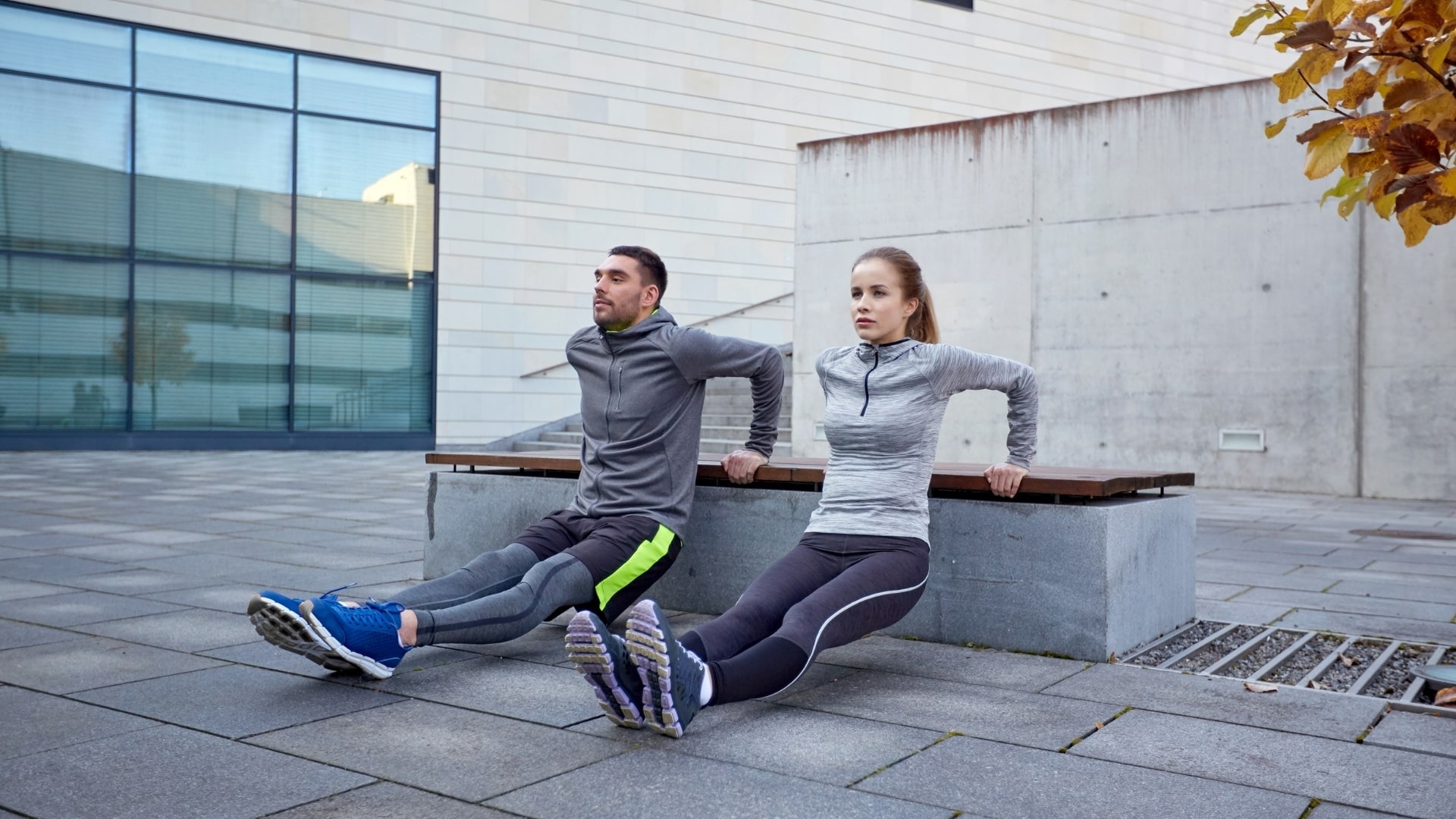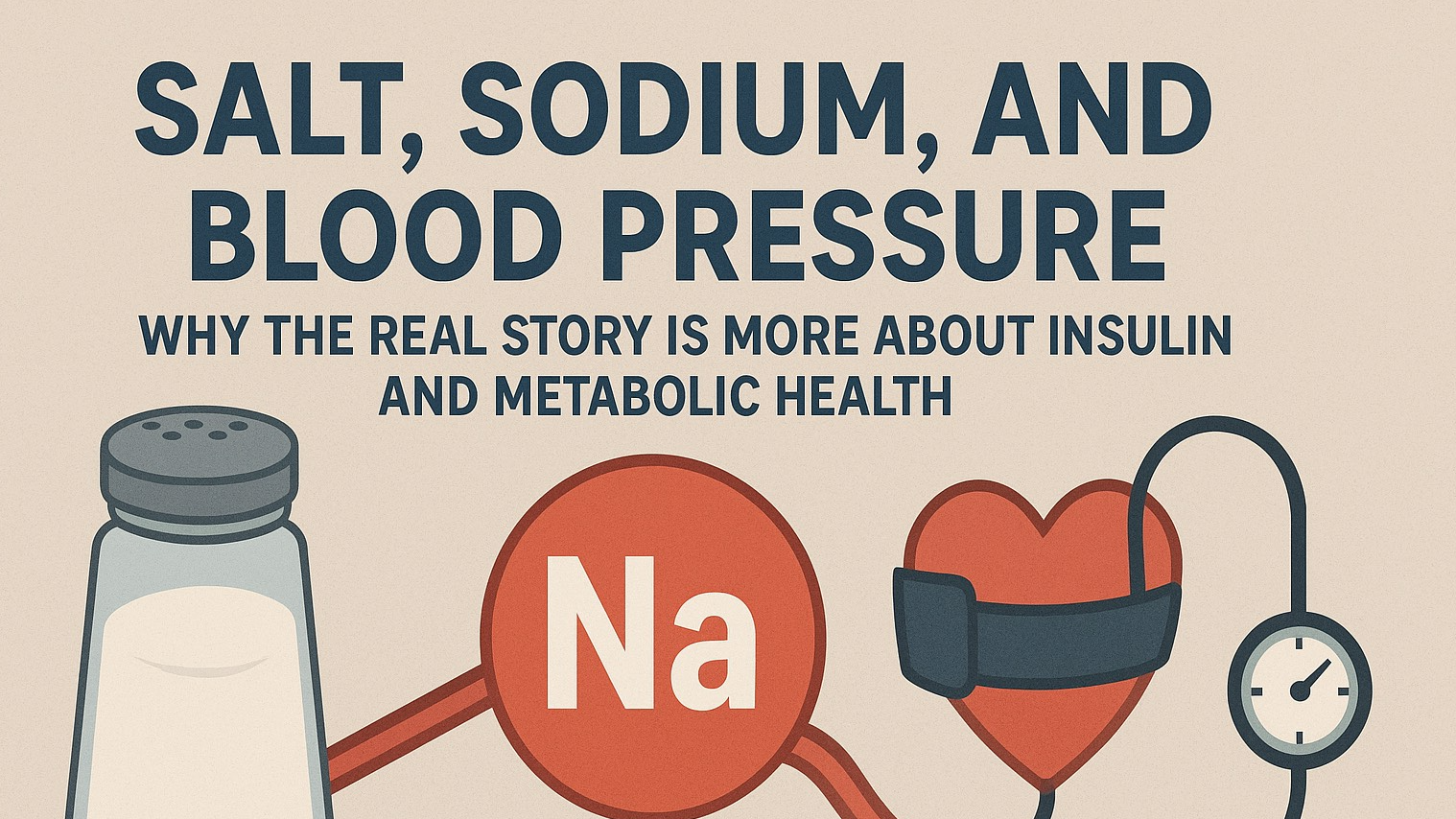
Regular exercise that includes cardio and strength training, along with following a nutritious eating plan, may support weight loss.
For many people, losing a little weight and improving health go hand in hand.
Although your health and fitness are measured by far more than your weight, research suggests that the rising rate of obesity correlates with increased rates of metabolic and cardiovascular diseases that can ultimately cause major health problems.
Don’t get me wrong, you should not fixate singularly on weight loss. However, if you do want to lose weight, this 4-week workout program for weight loss will rev up your metabolic engine and kick-start your weight loss journey.
My 4-week workout plan for weight loss is a great way to kick-start your journey toward better health or add more variety to your workouts if you already consistently exercise.
4-Week Weight Loss Program Structure
I build my program around three types of training:
- upper and lower body strength training
- interval training/conditioning
- low intensity cardio
The strength training will help you build muscle and strength that you can apply to your interval training.
Furthermore, the added muscle will increase your metabolism over time, meaning you’ll burn more calories at rest just to sustain yourself, which can contribute to the calorie deficit required for weight loss.
Interval training will provide a massive metabolic boost immediately after your workout. Interval training involves brief periods of high intensity exercise followed by relatively short rest periods.
This method keeps your heart rate elevated throughout the workout, giving you aerobic benefits while maintaining sufficient intensity to stoke your metabolic fire.
Finally, low intensity cardio, such as walking, jogging, swimming, or cycling, gives you a slight bump in your daily calorie burn and allows you to exercise while recovering from the more intense strength and interval training.
You can perform an hour or more of cardio, but even just 20 minutes is sufficient.
Each workout should take roughly 20–22 minutes, allowing you to fit the program into a busy schedule.
Over the course of 4 weeks, this workout structure helps target weight loss on all fronts, through both daily calorie burn and increasing your metabolism over time.
Start with a lighter weight and increase the weight each set until you find the point where the final repetition gets really hard.
Week 3
In Week 3, I reduce the repetitions on the resistance training to 8 per set, which should allow you to increase the weight relative to your 12-rep sets.
If you can, begin performing barbell movements instead of using dumbbells, but either one is OK.
This takes the muscular endurance and movement proficiency from Weeks 1 and 2 and triggers more strength and muscle growth.
Bump up your cardio another 5–10% and perform 5 total cycles of your interval training.
Day 1: Lower Body Strength
Equipment: dumbbells or kettlebells, barbell and plates, leg curl/extension machines
- 3×8 barbell back squat or dumbbell/kettlebell goblet squat
- 3×8 barbell or kettlebell deadlift
- 3×16 walking lunge with barbell or dumbbells (8 each side)
- Optional: 3×10 leg curl and leg extension (keep reps higher on these isolation movements)
Perform 1 warmup set with body weight or light weight before starting the 3 working sets.
Day 2: Low Intensity Cardio for at least 20 minutes
- Bump up time or intensity by 5–10% from Week 2.
Day 3: Upper Body Strength
Equipment: pullup bar or lat pulldown, dumbbells
- 3×8 pullup or lat pulldown
- 3×8 barbell or dumbbell overhead press
- 3×8 barbell or dumbbell row
- 3×8 barbell or dumbbell bench press
- Optional: 3×10 biceps curl and triceps extension (keep reps higher on these isolation movements)
Perform 1 warmup set with body weight or light weight before starting the 3 working sets.
Day 4: Low Intensity Cardio for at least 20 minutes
Day 5: Interval Training/Conditioning
Equipment: plyometric box, slam ball
Perform the following exercises for 15 seconds at a hard pace, then rest for 15 seconds and move to the next exercise.
For Week 3, perform 5 rounds of the following:
- Squat or jump squat
- Box stepup or power stepup
- Alternating lunge or jumping lunge
- Lateral box stepup or ice skater
- Burpee
 Add Row
Add Row  Add
Add 










Write A Comment